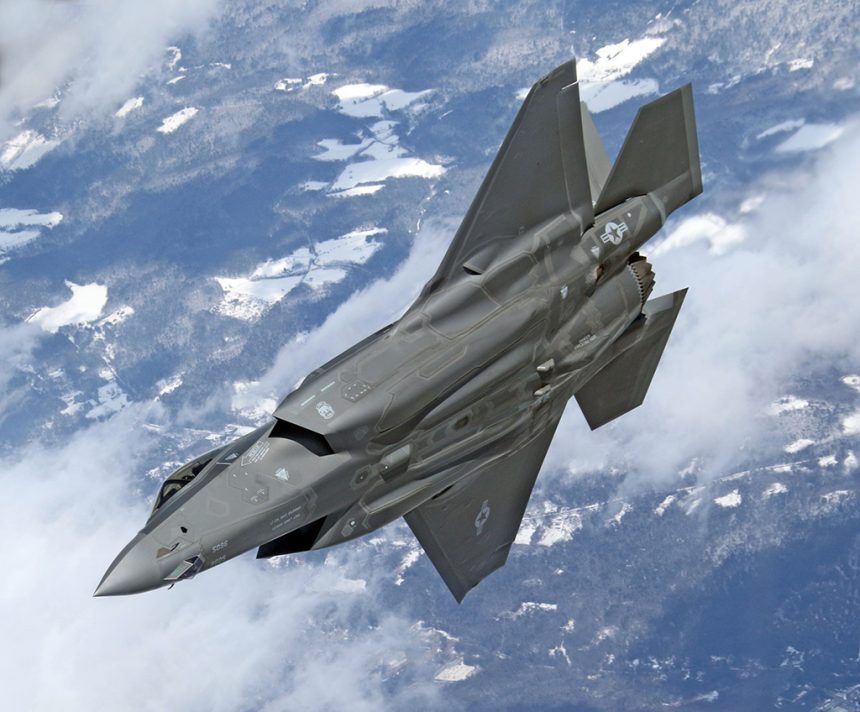“Think of the Apple computer when it was first built in the 1970s and the iPhone now. That is the difference we are talking about.”
That’s how U.S. Air Force Reserve Major Scott Trageser, callsign “Worm”, described the single largest benefit of the F-35 Joint Strike Fighter program for the U.S. Air Force Reserve and USAF along with other F-35 partner nations.
Maj. Scott “Worm” Trageser and Capt. Mark “Quatro” Tappendorf of the Air Force Reserve 466th Fighter Squadron, 419th Fighter Wing, from Hill AFB, Utah, spoke to TheAviationist.com about their Lockheed Martin F-35A Lighting II aircraft before flying an aerial refueling training mission over the Atlantic Ocean with KC-10 Extender aerial tankers from the 514th Air Mobility Wing of Joint Base McGuire-Dix-Lakehurst last week.
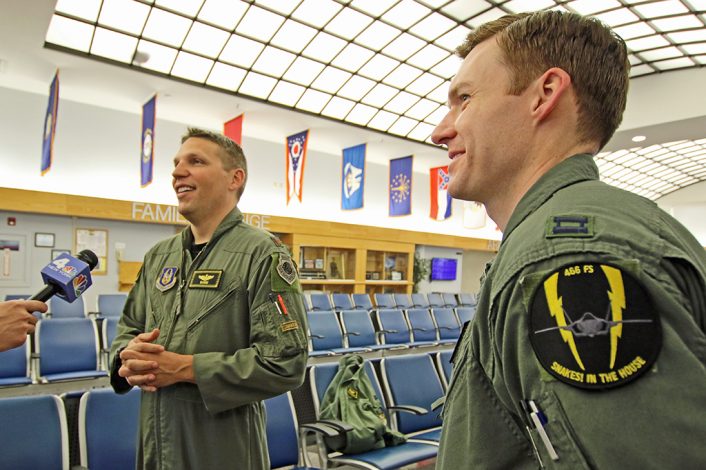
“The ability to put all this new software, new radar technology, new electronic warfare in a thing called ‘fusion’ and package it in a low-observable platform. It is a huge advantage. I can get in there and kill their guy before he sees me, both air-to-air and air-to-ground.”
Maj. Trageser and Capt. Tappendorf described perhaps the single most significant force multiplier of the F-35 Joint Strike Fighter Program, and likely the most misunderstood.
Think of how you use your smartphone connected with your car: While driving you get directions, find restaurants, make reservations and invite friends for dinner. You can even voice-text them to bring a gift to dinner or change the location of the event while on your way. Your car’s sensors help you stay in your lane and avoid collisions with other moving cars while you communicate. A new app you just downloaded tells you if there is a speed trap ahead or if there are delays along the way. Your smartphone and car integrates to become a driving systems manager, social coordinator and concierge directed by you through voice communication.
Envision a similar, hardened “smart” networking capability flying into a heavily defended airspace, collecting information about ever-changing defenses and defeating them while remaining nearly impossible to detect, finding and automatically prioritizing multiple targets in the air and on the ground even as they change, securely sharing that information with other weapons systems and even employing their weapons against multiple targets, all while going up to Mach 1.5+.
In the F-35, there’s an app for that.
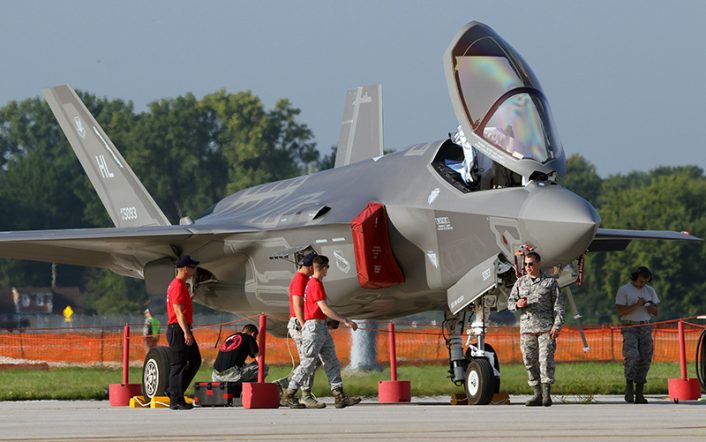
Proliferate that force-multiplying capability by sharing it with your most trusted friends who help bring the overall program cost down with a group buy-in, and you have a rudimentary understanding of the F-35 program concept.
The F-35 Joint Strike Fighter program as a whole passed a major milestone last week when it accomplished the final developmental test flight of the System Development and Demonstration (SDD) phase of the program on April 12, 2018.
The System Development and Demonstration (SDD) phase was a massive, historically unprecedented flight test and development program that has, “Operated for more than 11 years mishap-free, conducting more than 9,200 sorties, accumulating over 17,000 flight hours, and executed more than 65,000 test points to verify the design, durability, software, sensors, weapons capability and performance for all three F-35 variants” according to U.S. Navy Vice Admiral. Mat Winter, Director, Joint Strike Fighter Program, Office of the Secretary of Defense.
Vice Adm. Winter went on to say, “Congratulations to our F-35 Test Team and the broader F-35 Enterprise for delivering this new powerful and decisive capability to the warfighter.” Vice Adm. Winter’s remarks were published in an April 12, 2018 media release by Lockheed Martin.
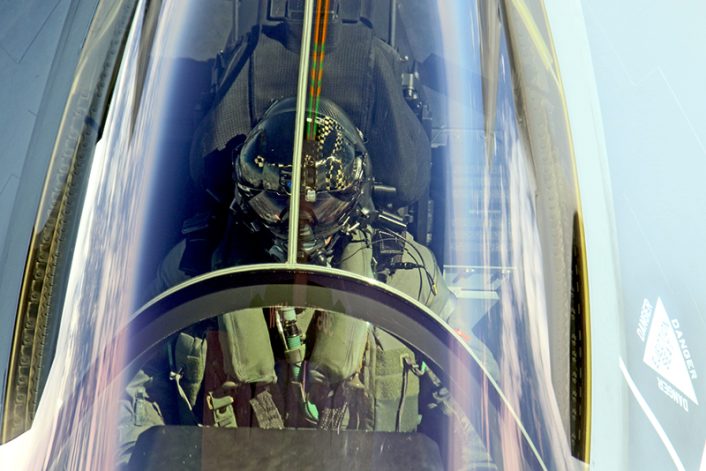
Eleven years ago, when the F-35 Joint Strike Fighter SDD program began the U.S. Department of Defense said in an official statement that:
“Nine nations are partnering in the F-35’s SDD phase: The United States, United Kingdom, Italy, the Netherlands, Turkey, Canada, Denmark, Norway and Australia. Partnership in SDD entitles those countries to bid for work on a best value basis, and participate in the aircraft’s development. Additionally, Israel and Singapore have agreed to join the program as a Security Cooperation Participants.”
But the F-35 program headlines also include speed bumps associated with any major international technology program and there are still many (for someone “too many”) things yet to be fixed.
Defensenews.com’s Valerie Insinna reported in an April 12, 2018 article that, “The Pentagon has suspended acceptance of most F-35 deliveries as manufacturer Lockheed Martin and the F-35 program office debate who should be responsible for fixing jets after a production issue last year.”
Insinna quoted a Lockheed spokeswoman as saying, “While all work in our factories remains active, the F-35 Joint Program Office has temporarily suspended accepting aircraft until we reach an agreement on a contractual issue and we expect this to be resolved soon.”
In another March 5, 2018 report by program expert Insinna, she reported that, “Stealth features [are] responsible for half of F-35 defects.”
But the F-35 operators seem to consider these delays minor given the ambition and scope of the overall F-35 Joint Strike Fighter vision, a program that Time magazine called, “The costliest weapons program in human history.”
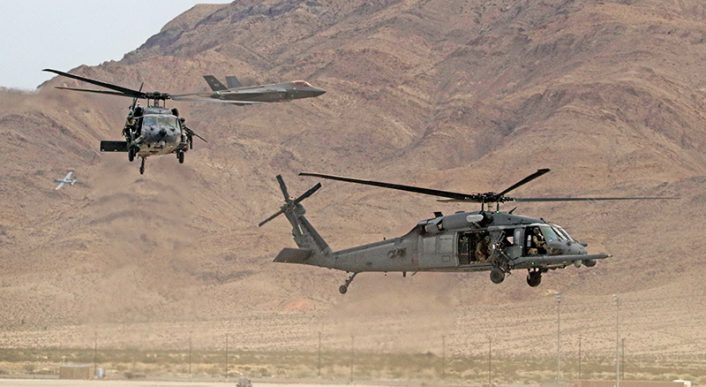
Commensurate with the massive costs associated with F-35, the program has changed nearly every aspect of the modern battlefield, from gender integration to insurgent tactics.
For the first time ever, a woman took command of the U.S. Air Force Reserve’s 419th Fighter Wing, the Air Force’s only reserve F-35A fighter wing at Hill Air Force Base, Utah. Colonel Regina “Torch” Sabric assumed command on April 14, 2018 from Col. David “Shooter” Smith, who previously served as the commander since November 2015.
According to an official release from Hill AFB, “Sabric will lead more than 1,200 reservists who train in F-35 operations, maintenance, and mission support, along with a medical squadron. These reservists serve part-time – at least one weekend per month and two weeks per year – and train to the same standard as active duty.”
Colonel Sabric’s command of the 419th marks multiple milestones for U.S. air power that include integration of reserve assets, gender equality and operational deployment of what is arguably the most advanced air combat technology on earth.
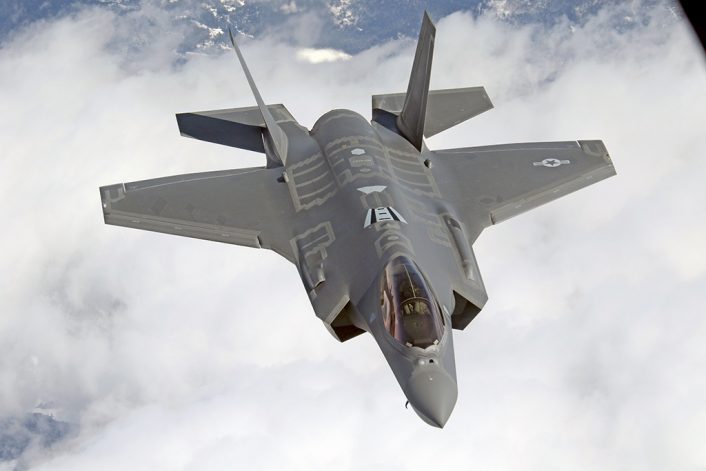
At the same time and half way around the globe, the arrival of F-35I Adir aircraft into operational Israeli service on December 6, 2017 has somehow struck fear in Israel’s adversaries and, as part of what was probably a PSYOPS campaign, the presence of the aircraft in Israeli service has sparked unsubstantiated rumors that it has already been used in secret air strikes and missions in Syria or Iran. It is likely that air defenses in the region have already had to make adaptations to try to counter the threat of the new Israeli F-35Is, even though it is unlikely they have yet to be flown in combat. Merely the arrival of Israel’s F-35Is has already begun to change the battlespace in the region, giving Israel a powerful new deterrent.
Before Maj. Scott “Worm” Trageser and Capt. Mark “Quatro” Tappendorf left our briefing to prepare for our refueling mission over the Atlantic, Maj. Trageser told us, “We used to have over 50 fighter squadrons in the combat air force, now we have around 26.” That has made the quality over quantity and force-multiplier integration of the F-35 Joint Strike Fighter program even more relevant.

